The five most influential devices to use PowerVR GPUs
Love them or hate them, 'listicles' are here to stay. Last month, TIME assembled a team of journalists to compile the ultimate tech catalogue counting down 50 of the most influential gadgets of all time. That got me walking down memory lane so I put together a list of five of the most influential products to use PowerVR. By Alexandru Voica, Senior Marketing Manager, Imagination Technologies.
Vote in the poll to determine which is the most influential here.
Matrox m3D (PowerVR Series1 GPU)
Matrox m3D was a daughter PCI card which featured a minimalistic design: the retail product incorporated a PowerVR Series1 GPU clocked at 60MHz and two 4MB of SDRAM memory. This card introduced developers to the innovative concept of tile-based deferred rendering where the hardware splits the scene in small tiles and then removes surfaces that are not visible before rendering the final image.
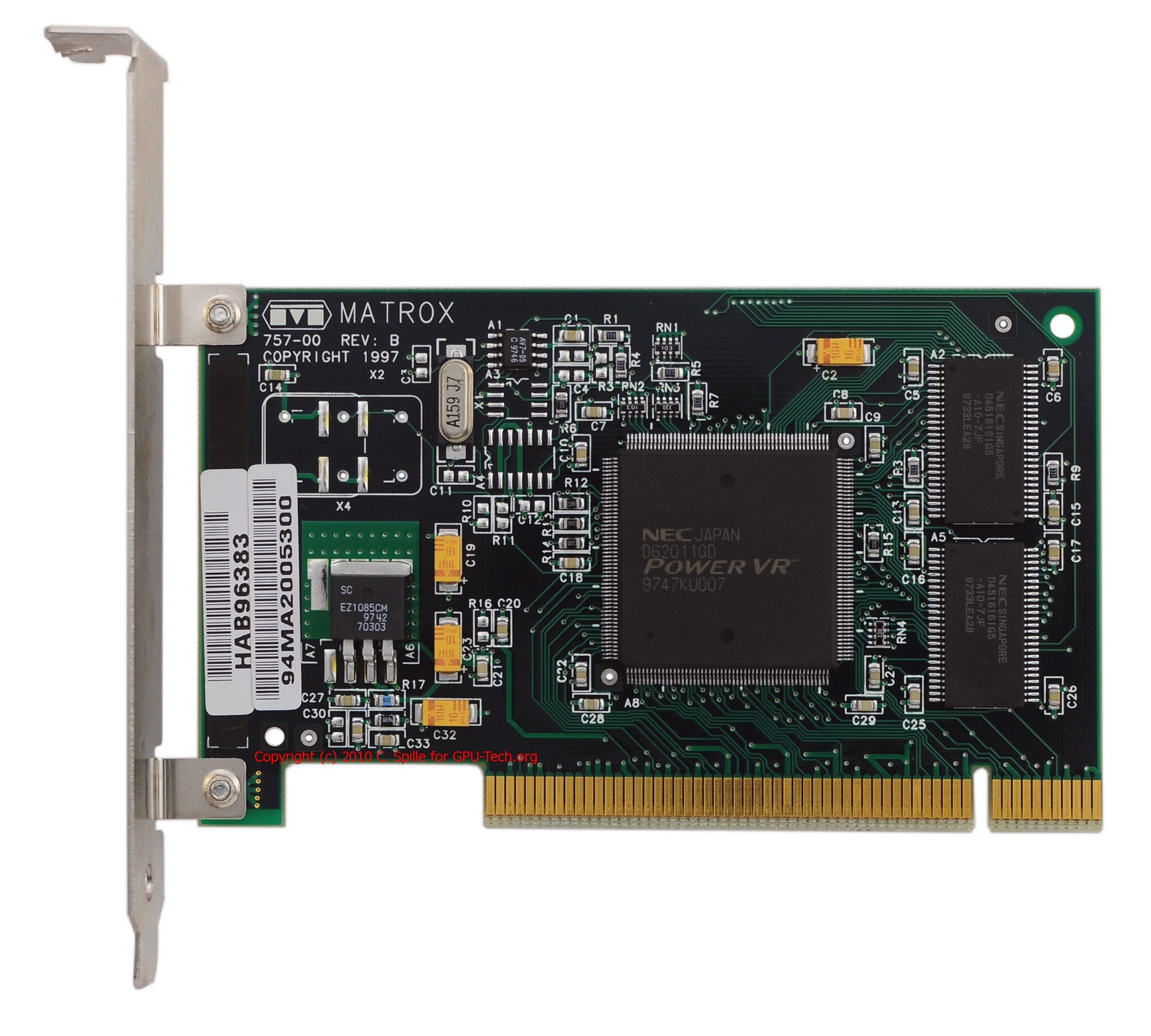
At launch, most of these unique capabilities were not exposed through open APIs so developers had to use the SGL language to efficiently program the GPU. Series1 GPUs were a strong and cost effective contender in the graphics arena and set the scene for the wide adoption of tiling GPU architectures in mobile and embedded devices.
SEGA Dreamcast (PowerVR Series2 GPU)
The SEGA Dreamcast was the last game console that SEGA would ever produce. Released in 1999, the Dreamcast attracted significant interest and drew many pre-orders. The console featured a PowerVR Series2 GPU clocked at 100MHz that was capable of drawing more than 3 million polygons per second; the graphics effects accelerated by the hardware included trilinear filtering, gouraud shading, z-buffering, spatial anti-aliasing, per-pixel translucency sorting and bump mapping.
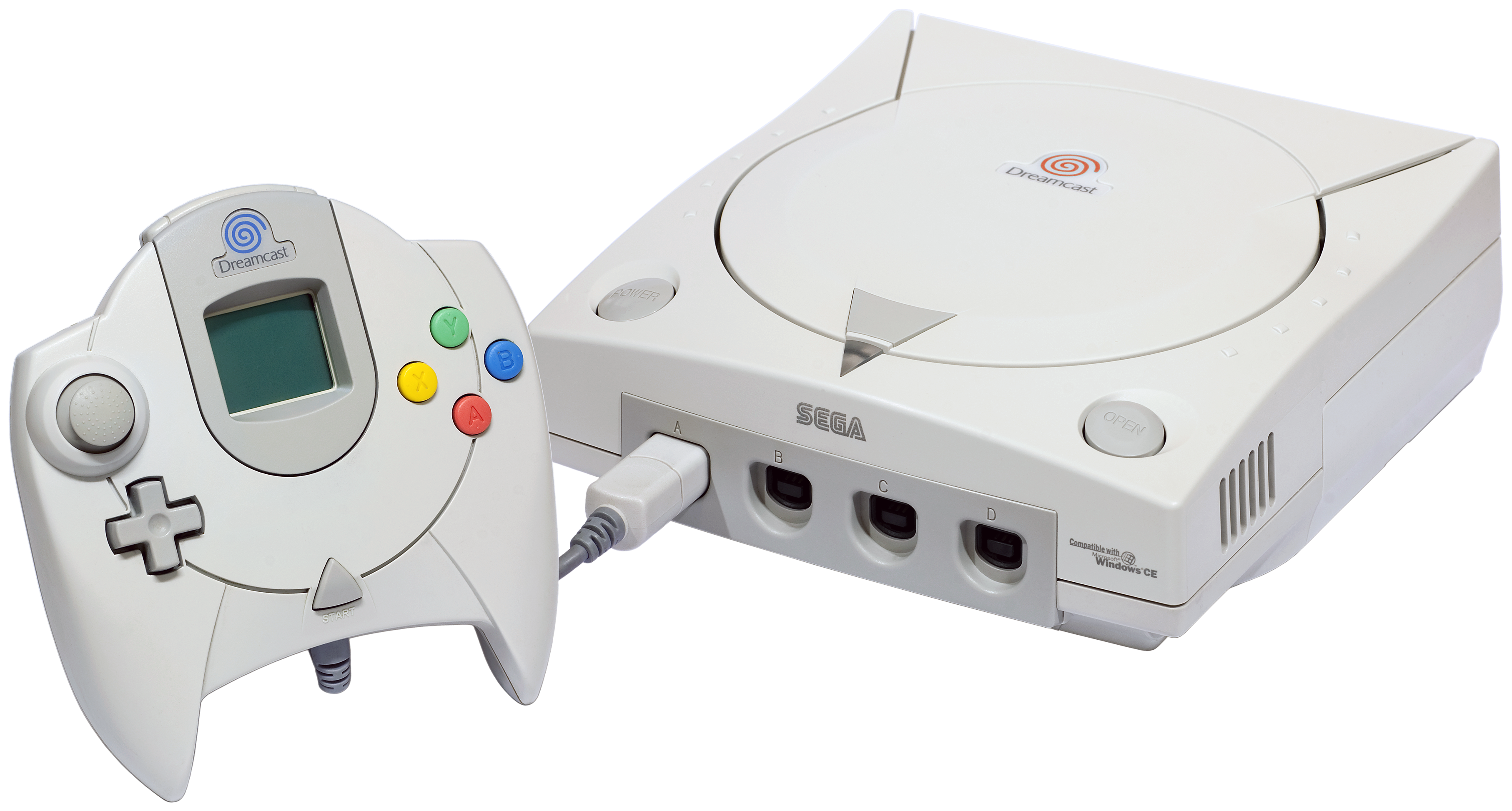
Samsung Galaxy S (PowerVR Series5 GPU)
The Samsung Galaxy S smartphone was an innovative touchscreen-enabled mobile device that introduced consumers to the highly successful Galaxy family. (As a side note, the original Galaxy S was also the first smartphone I ever owned!)
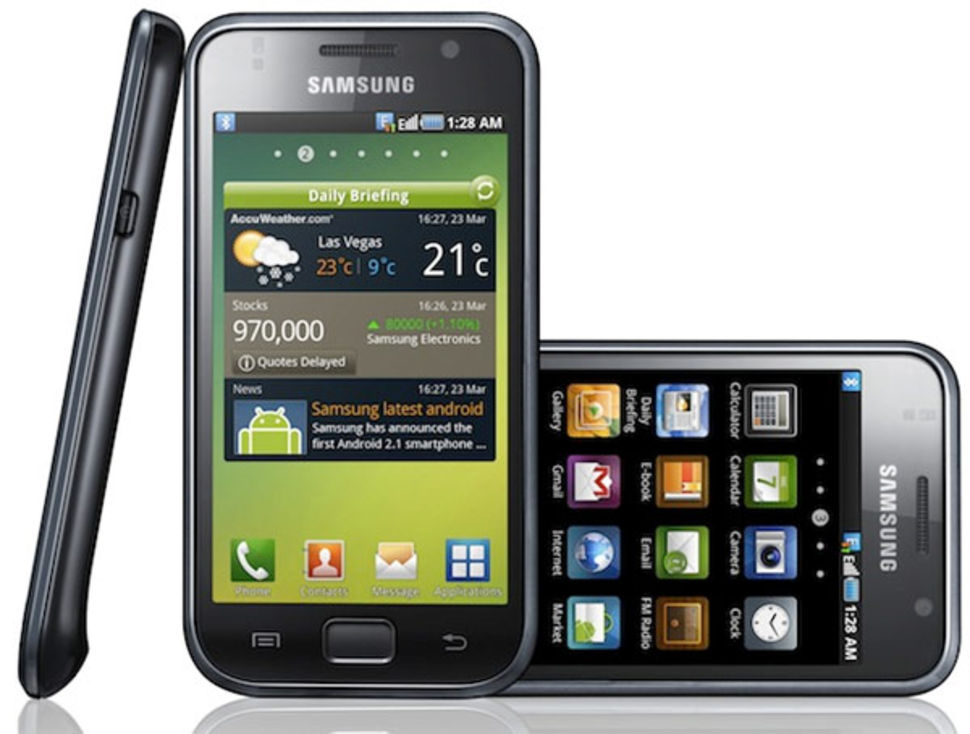
Released for sale in June 2010, the phone featured a Samsung Exynos 3110 processor (another first from Samsung) that combined a 1GHz CPU with a PowerVR SGX540 GPU made by Imagination. This Series5 GPU supported OpenGL ES 2.0 and was capable of processing up to 20 million triangles per second – quite the achievement for a handheld, battery-powered device.
Sony PlayStation Vita (PowerVR Series5XT GPU)
The PlayStation Vita is a handheld game console developed and released by Sony Interactive Entertainment. Promoted as the successor to the PlayStation Portable and part of the PlayStation brand of gaming devices, the system’s design was created to meld the experience of big budget, dedicated video game platforms with the then up-and-coming trend of mobile gaming through smart phones and tablets.
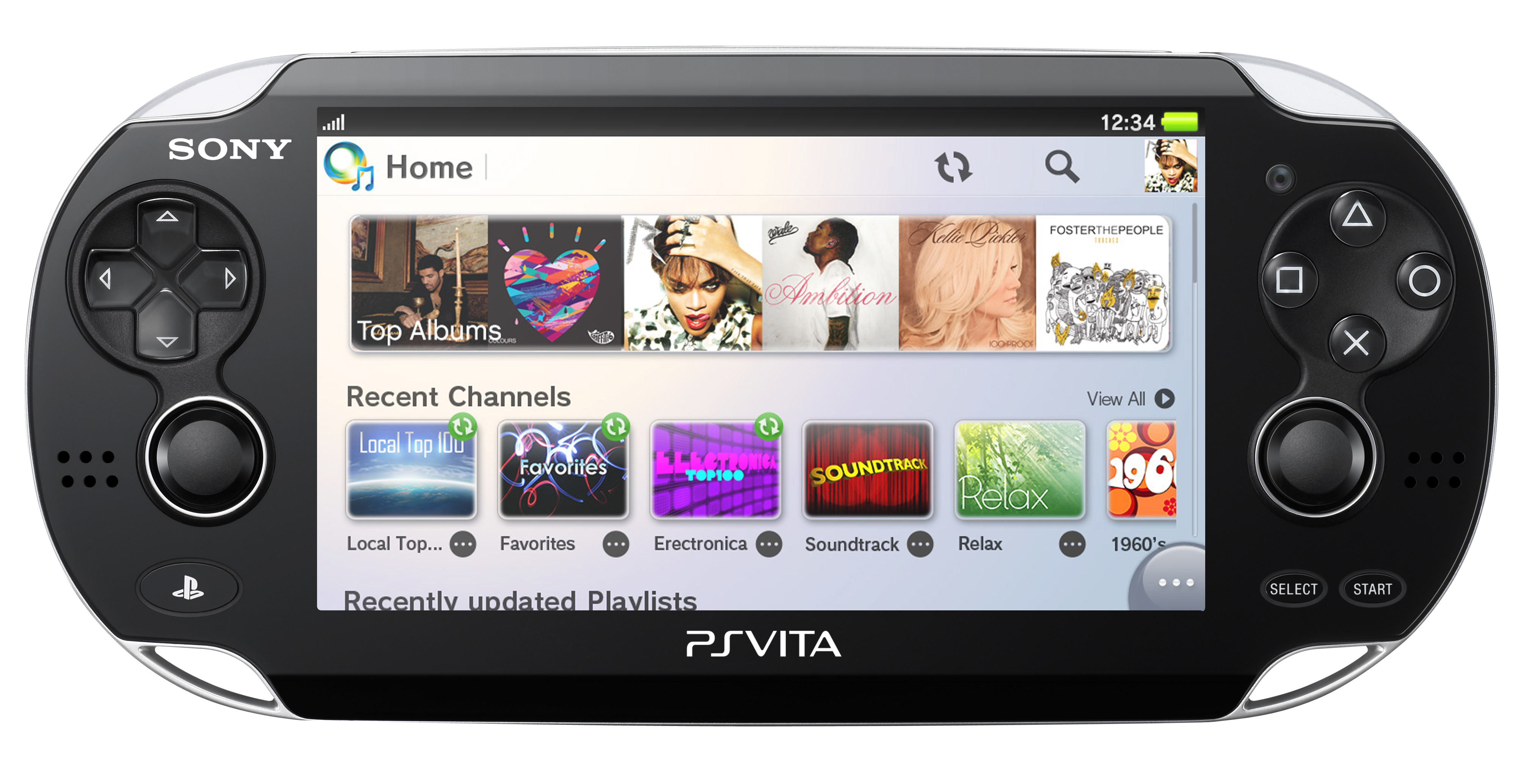
Internally, the device features an up to 2GHz quad-core ARM Cortex-A9 MPCore processor (3 of the 4 cores are usable for applications) and a quad-core GPU SGX543MP4+.
Apple iPhone (PowerVR GPU)
In 2007, Apple CEO Steve Jobs got up on stage at the Macworld Conference and Expo held in Moscone West, San Francisco and declared that “today, Apple is going to reinvent the phone.” The original iPhone introduced a multi-touch display powered by a new user interface that allowed users to type directly onto the display, essentially removing the need for a physical keyboard or mouse.
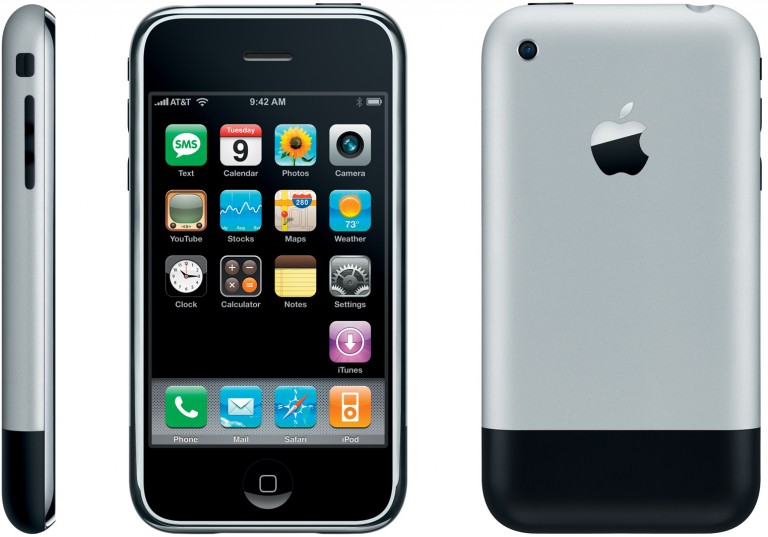
Jobs introduced the iPhone as a combination of three devices: “a widescreen iPod with touch controls”; “a revolutionary mobile phone”; and “a breakthrough Internet communicator”.







